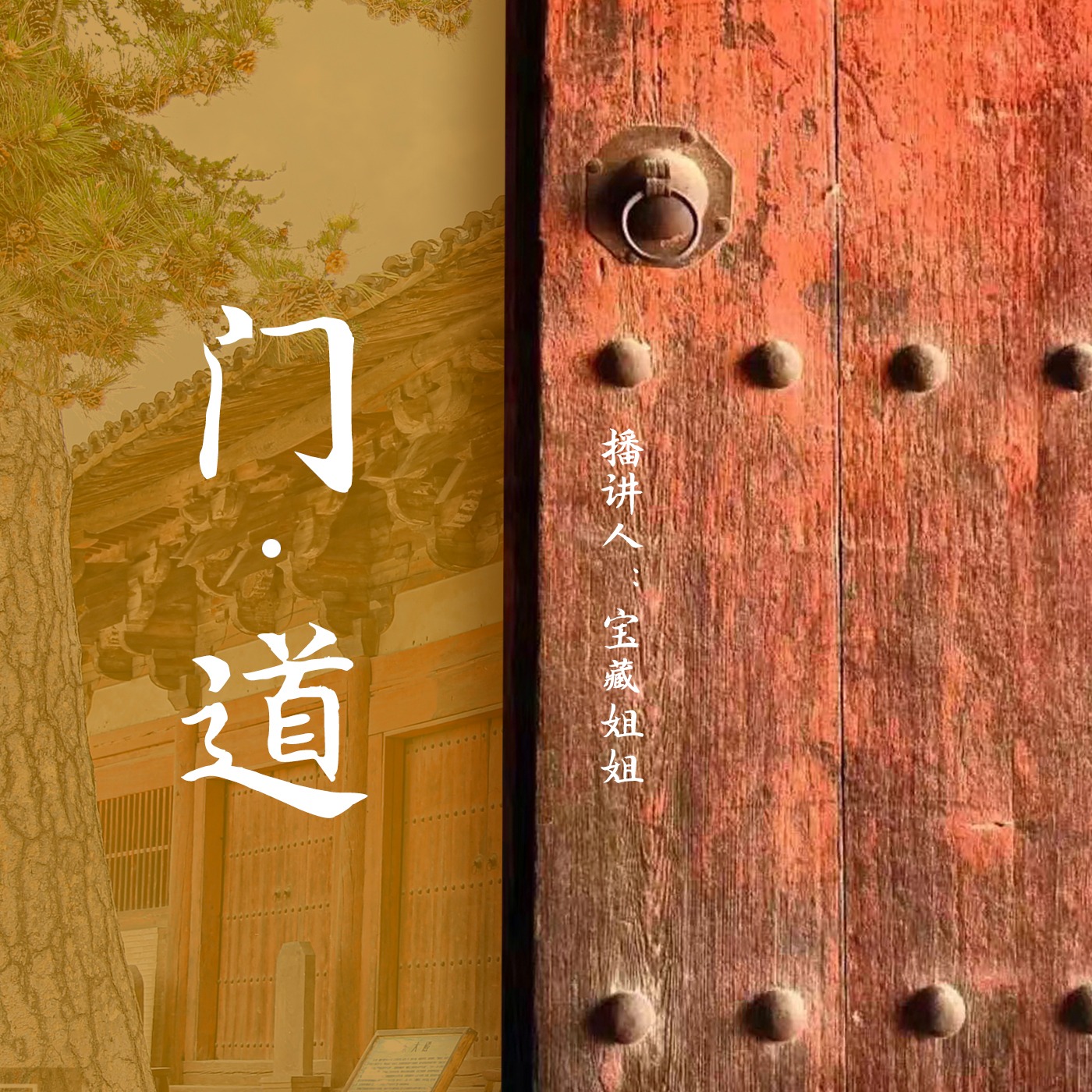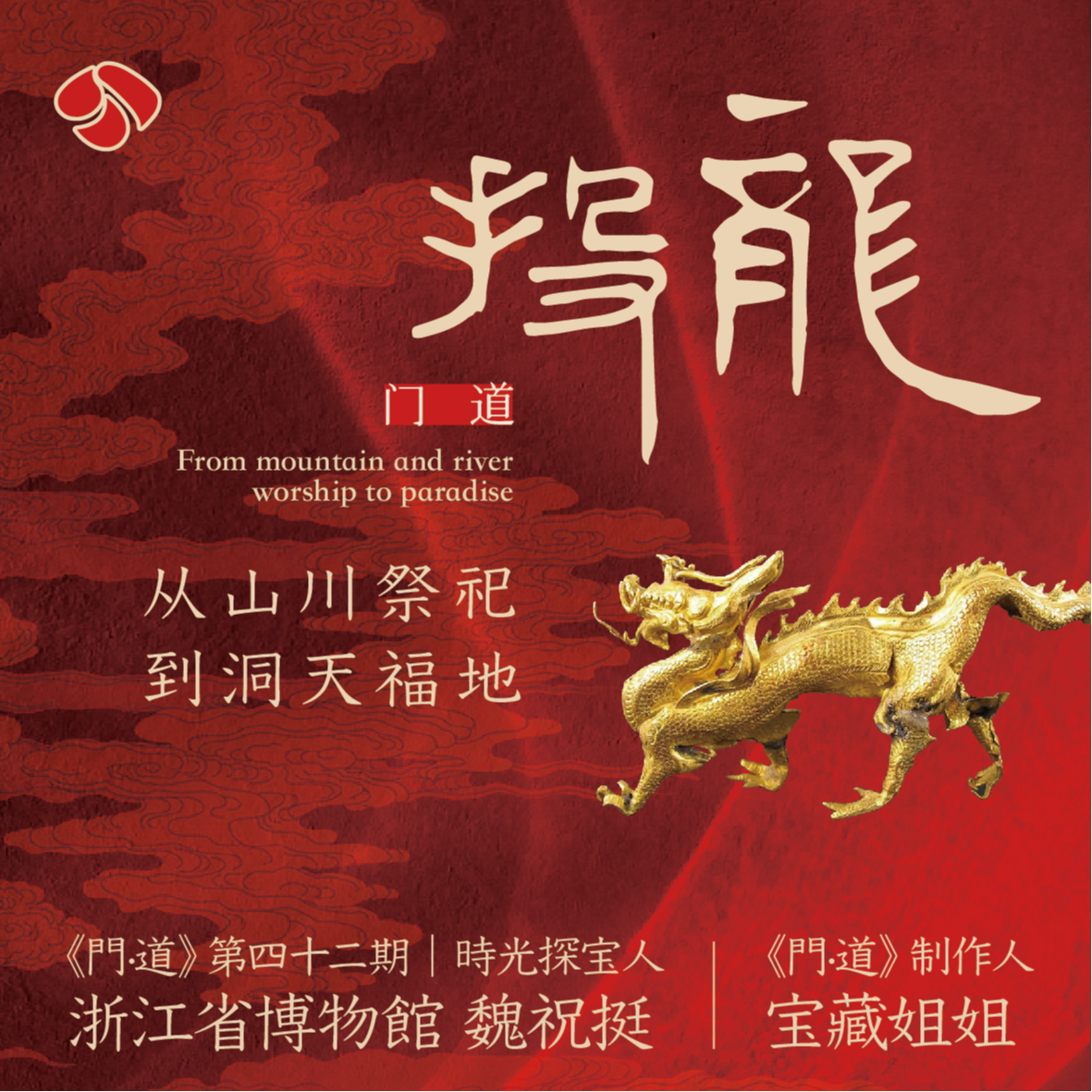
Deep Dive
What is the significance of the 'Toulong' ritual in Chinese history?
The 'Toulong' ritual, which emerged during the Six Dynasties and peaked in the Tang and Song dynasties, was a significant Taoist ceremony involving the offering of five items—golden dragon, jade slip, jade disc, gold button, and green silk—to mountains and rivers. It symbolized communication with the heavens and was used by emperors to pray for longevity and national prosperity. The ritual evolved from earlier mountain and river worship traditions and became a state ritual, reflecting the integration of Taoism with Chinese imperial and cultural practices.
How did the 'Toulong' ritual evolve over time?
The 'Toulong' ritual evolved from ancient mountain and river worship practices, which involved burying sacrifices and jade objects. By the Six Dynasties, Taoism incorporated the use of a golden dragon as a means to communicate with the heavens. During the Tang and Song dynasties, the ritual became highly formalized, with emperors like Tang Xuanzong and Wu Zetian using it for personal and state blessings. In the Wu-Yue Kingdom, the ritual was further developed with the creation of 'golden dragon and silver slips,' which included specific prayers for the ruler and the state. By the Ming dynasty, the ritual became more localized and simplified, eventually fading as a state practice but continuing within Taoism.
What role did Taoism play in the 'Toulong' ritual?
Taoism played a crucial role in the 'Toulong' ritual by transforming earlier mountain and river worship practices into a structured religious ceremony. Taoist beliefs introduced the use of a golden dragon as a divine messenger to the heavens, along with other ritual objects like jade slips and discs. Taoist cosmology, including the concept of 'Dongtian Fudi' (sacred mountains and grotto-heavens), provided the spatial framework for the ritual. Taoist texts, such as Du Guangting's 'Taishang Huanglu Zhaiyi,' standardized the ritual's procedures, making it a key part of both Taoist and imperial practices.
What artifacts are associated with the 'Toulong' ritual?
The 'Toulong' ritual involved five key artifacts: a golden dragon, a jade slip, a jade disc, a gold button, and green silk. The golden dragon symbolized the messenger to the heavens, while the jade slip contained prayers or inscriptions. The jade disc represented a sacred offering, and the gold button and green silk were used to bind the items together. These artifacts were often buried or submerged in sacred mountains or rivers as part of the ritual. Notable examples include the golden dragon and jade slips discovered in West Lake, Hangzhou, and the jade discs from the Wu-Yue Kingdom.
How did the Wu-Yue Kingdom contribute to the 'Toulong' ritual?
The Wu-Yue Kingdom, under rulers like Qian Liu, significantly developed the 'Toulong' ritual by creating 'golden dragon and silver slips,' which included detailed prayers for the ruler's health and the state's prosperity. Qian Liu restored and expanded many Tang dynasty state rituals, including 'Toulong,' and conducted the ritual at multiple sites, such as West Lake in Hangzhou and Sheti Pond in Shaoxing. The Wu-Yue Kingdom's contributions influenced later Song dynasty practices, particularly in the use of silver slips and the focus on specific locations for the ritual.
What is the connection between the 'Toulong' ritual and Chinese imperial power?
The 'Toulong' ritual was closely tied to Chinese imperial power, as it was used by emperors to legitimize their rule and seek divine blessings for longevity and national stability. Emperors like Tang Xuanzong and Wu Zetian conducted the ritual to demonstrate their connection to the heavens and their role as intermediaries between the divine and the earthly realm. The ritual also reinforced the idea of a unified Chinese empire, as it involved offerings to sacred mountains and rivers across the country, symbolizing the emperor's authority over the entire realm.
How did the 'Toulong' ritual reflect Chinese cultural and religious beliefs?
The 'Toulong' ritual reflected Chinese cultural and religious beliefs by combining ancient mountain and river worship with Taoist cosmology. It symbolized the Chinese worldview of harmony between heaven, earth, and humanity, with the emperor acting as a mediator. The ritual also demonstrated the integration of diverse religious traditions, as it incorporated elements of Buddhism, Taoism, and Confucian state rituals. Over time, the ritual became a cultural symbol of Chinese identity, representing the continuity of Chinese spiritual and imperial traditions.
- 展览基于李零教授数十年研究成果,横跨3000年历史。
- 展览整合全国40多家文博机构的文物,展现山川祭祀到投龙仪式的演变。
- 投龙仪式在六朝时期兴起,唐宋时期达到巅峰,核心物件包括金龙、玉简、玉璧等。
Shownotes Transcript
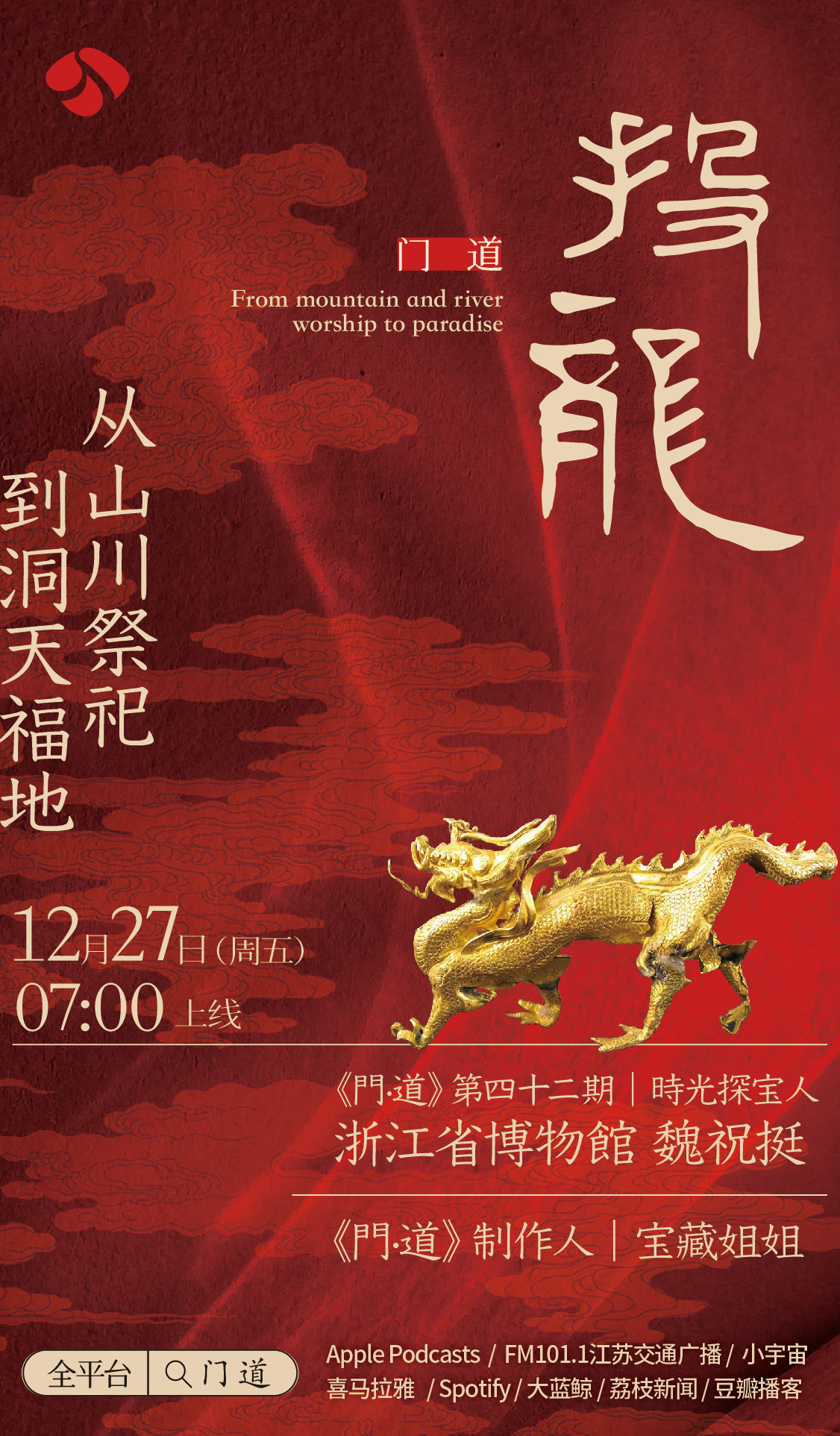 本期时光探宝人
本期时光探宝人
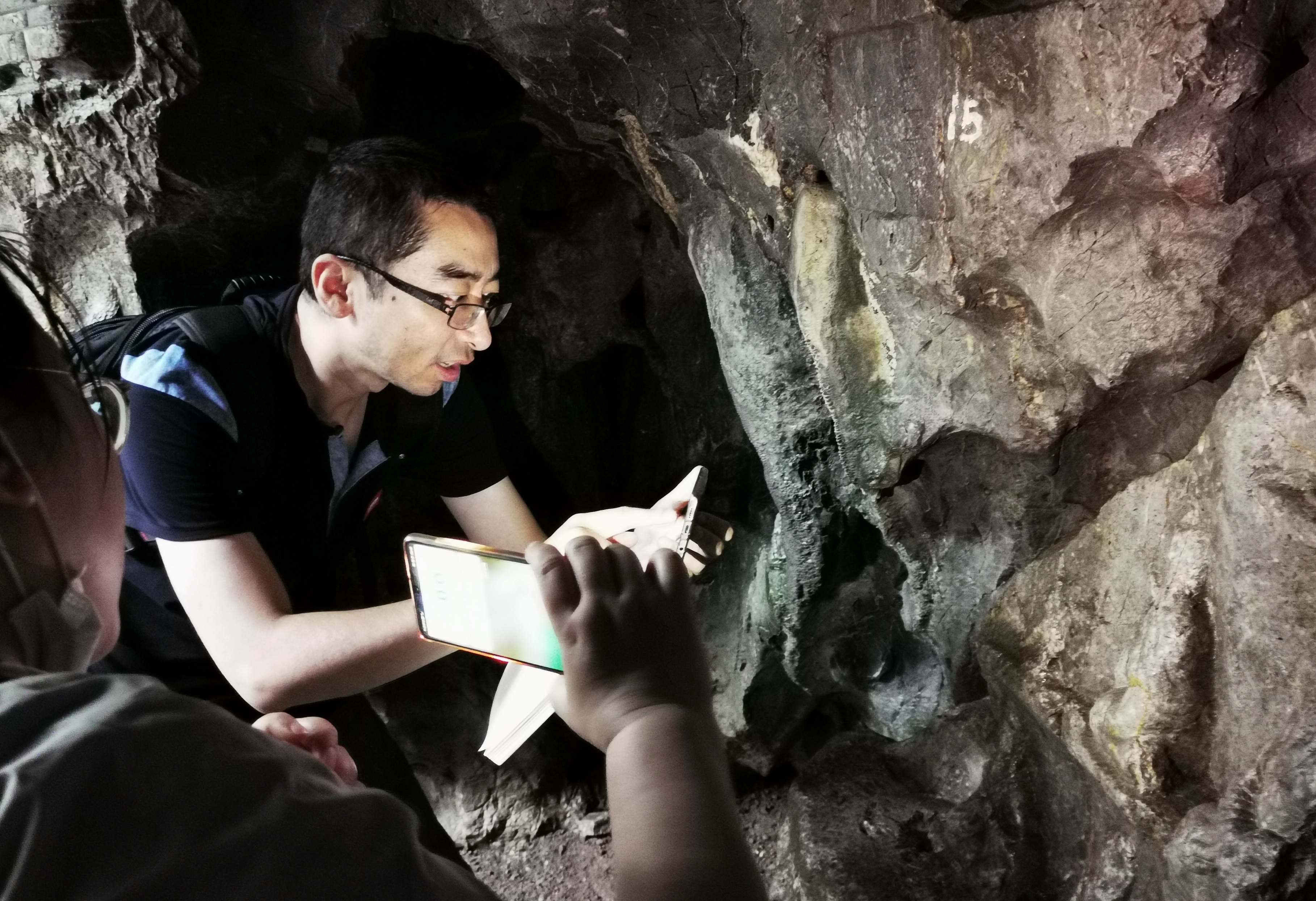 浙江省博物馆吴越国历史文化研究展示中心副主任—— 魏祝挺
浙江省博物馆吴越国历史文化研究展示中心副主任—— 魏祝挺
主播:小藏
浙江省博物馆孤山馆区———《投龙》。
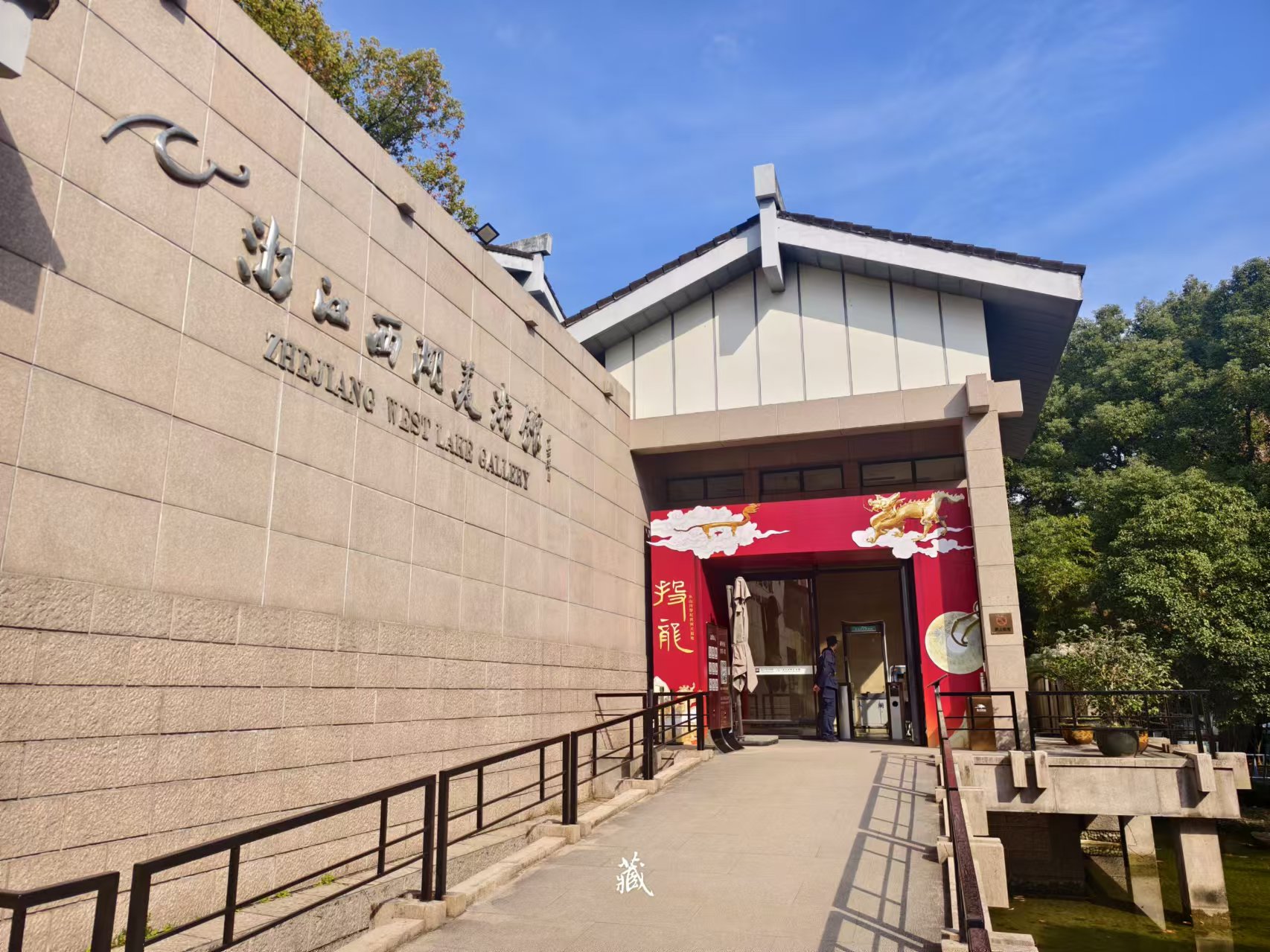 展览就是一本学术著作,展品则是观点的补充和事例。我做过功课以后再去看单独看展,依旧会有一些困惑,以及,这是一个让我对文物本体关注度降低而更专注叙事和观点脉络的展览。
展览就是一本学术著作,展品则是观点的补充和事例。我做过功课以后再去看单独看展,依旧会有一些困惑,以及,这是一个让我对文物本体关注度降低而更专注叙事和观点脉络的展览。
—时间轴—
00:01:42 - 开场与展览概述
• 分享看展体验:展览学术性极强,需要对思想性深入理解。
• 魏祝挺阐述《投龙》核心特点:
• 图版是学术内容,文物是研究的佐证。
• 展览以学术研究为基础,横跨3000年的历史,从山川祭祀到道教仪式。
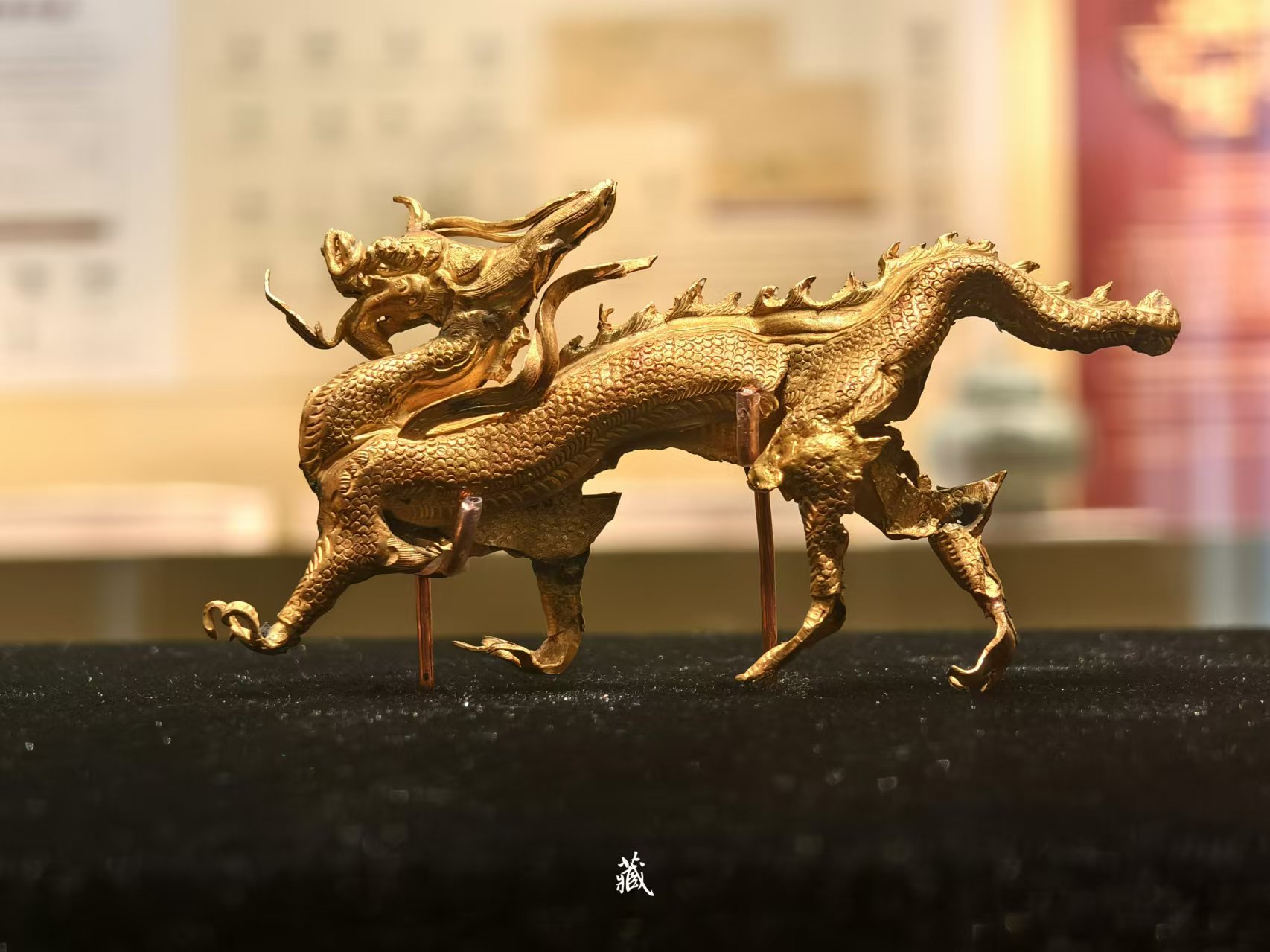 (金龙 北宋 1950年代西湖出水 浙江省博物馆藏 陈列在展览序厅)
(金龙 北宋 1950年代西湖出水 浙江省博物馆藏 陈列在展览序厅)
00:04:57 - 展览的策划过程与挑战
• 基于北京大学李零教授几十年的研究成果,《投龙》横跨3000年历史。
 秦骃玉版
秦骃玉版
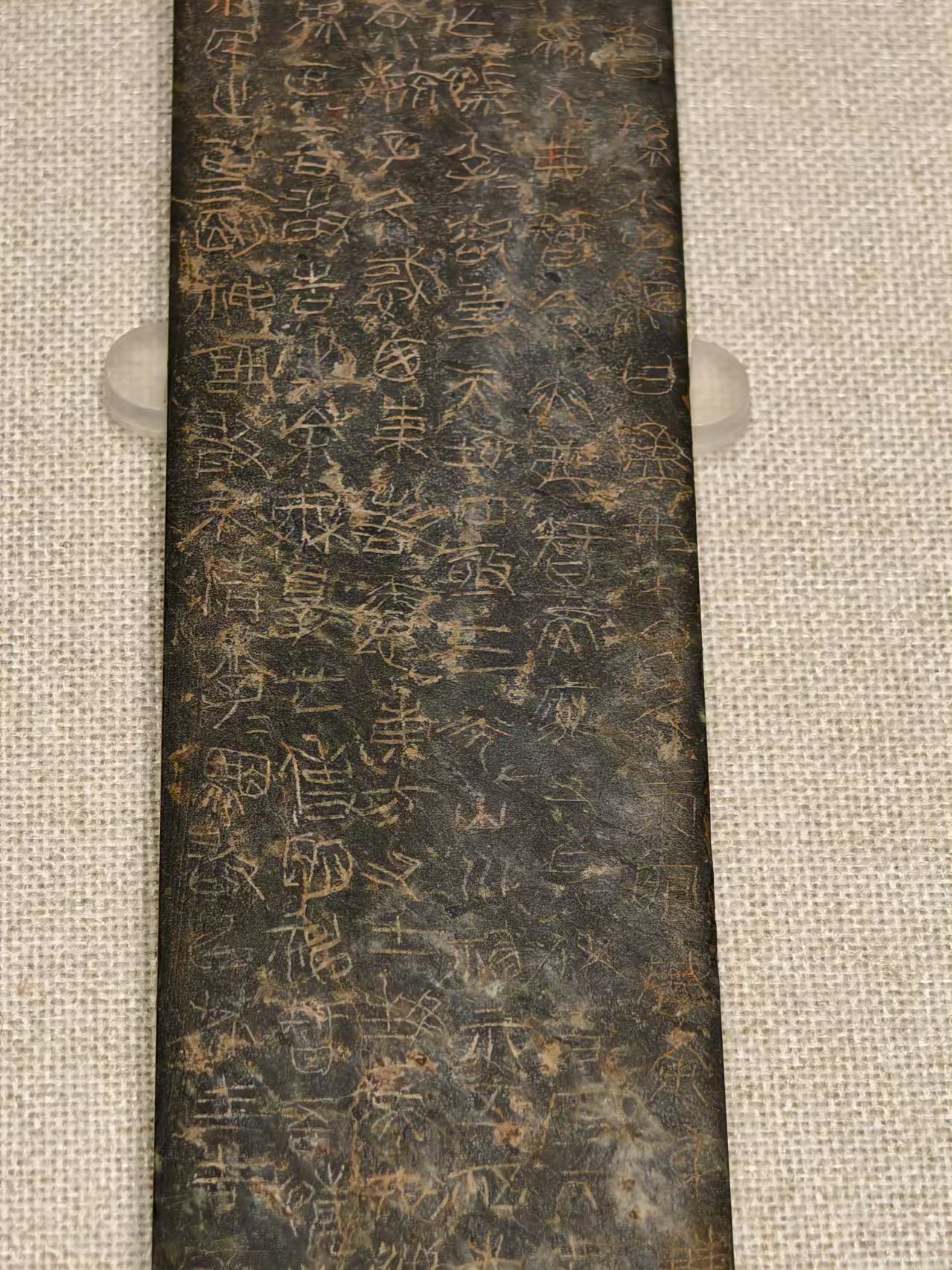 • 展览需要整合全国40多家文博机构的文物(约230件)。
• 展览需要整合全国40多家文博机构的文物(约230件)。
• 重点内容:山川祭祀的早期遗迹和后来的投龙仪式如何贯穿历史。
00:10:24 - 投龙与展览主线
• “投龙”的仪式背景:六朝时期兴起,唐宋达到巅峰。
• 投龙仪式的核心物件:金龙、玉简、玉璧等五件器物,以及其具体功能和象征意义。
• 山川祭祀的演变路径:从早期的“沉埋牲玉”到洞天福地,再到投龙仪式。
00:19:24 - 山川祭祀与国家统一
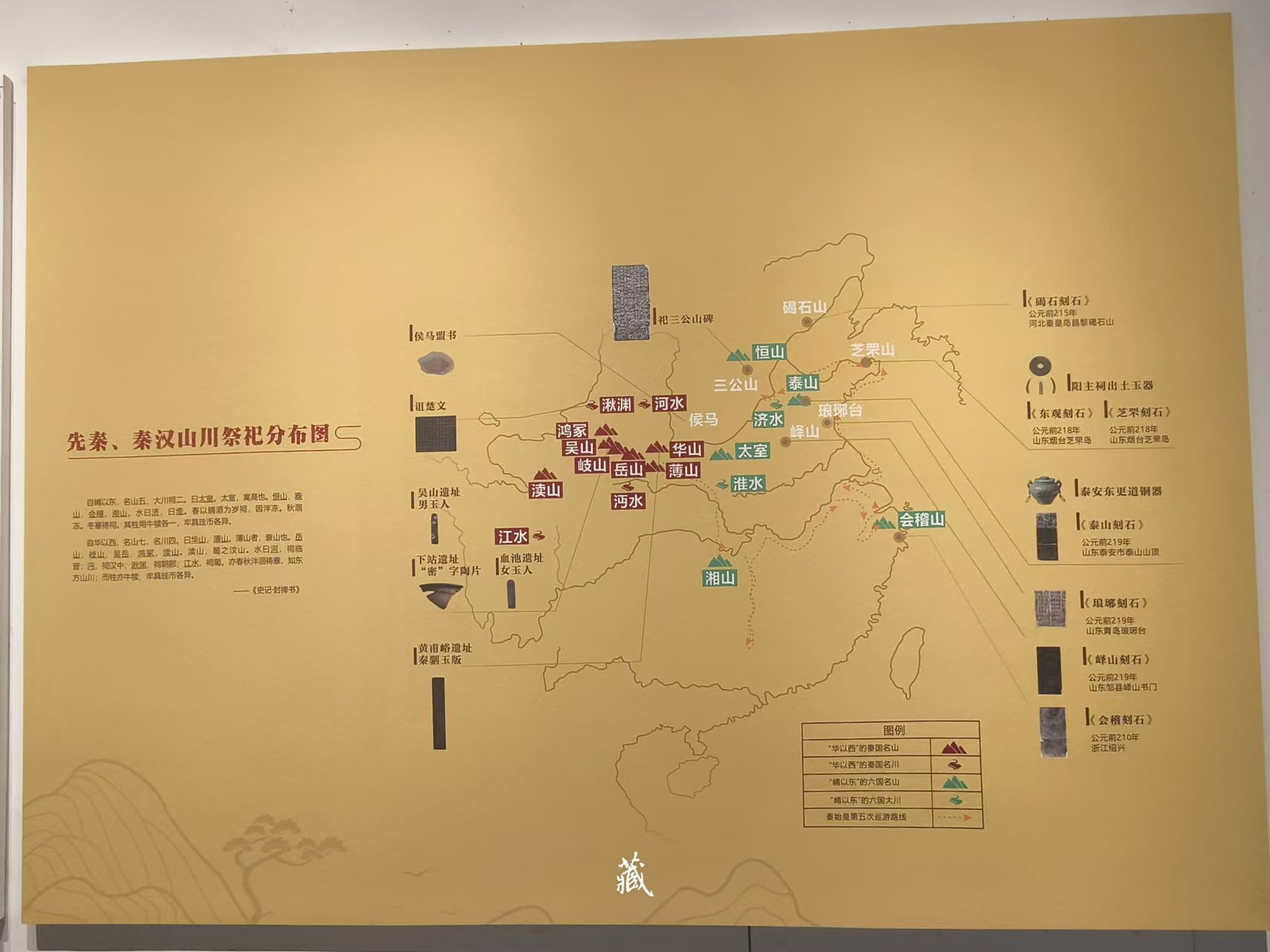 • 商周时期:山川祭祀起源,湖南宁乡和辽宁喀左的考古发现揭示“沉埋牲玉”传统。
• 商周时期:山川祭祀起源,湖南宁乡和辽宁喀左的考古发现揭示“沉埋牲玉”传统。
• 战国至秦汉:山川祭祀与国家疆域的明确化联系,五岳与主要河流信仰兴起。
• 国家与山川信仰的联系:山川神的灵验被视为国家兴衰的体现。
00:29:58 - 道教洞天福地体系的建立
• 六朝至唐代:道教吸收山川信仰,构建10大洞天、36小洞天和72福地。
• 隋唐时期:司马承祯与陶弘景的理论贡献,推动洞天福地的规范化和道教的影响力。
• 道教的作用:为投龙仪式提供了空间定位和宗教意义,增加了金龙等象征元素。
00:40:30 - 唐代投龙仪式的成熟
• 投龙仪式从六朝逐步发展,到唐代实现定型。
• 唐玄宗李隆基与武则天的投龙简见证:以投龙祈求长生和赎罪。
• 唐代的重要文物:唐睿宗时期的《投龙记》碑刻、岱岳观记碑等详细记录投龙地点和次数。
00:54:46 - 吴越国的投龙仪式
• 吴越国对投龙的独特发展:创造“金龙银简”,记载个人和国家的具体祈愿。
• 钱镠的实用主义信仰:结合佛教、道教与祭祀传统,重建国家祭祀体系。
• 杭州西湖及其他投龙地点的重要性:考古发现揭示了吴越国投龙仪式的丰富性。
01:06:54 - 宋代投龙的改革与发展
• 宋真宗时期:投龙仪式的规模达到历史巅峰,新增道教仪式元素。
• 宋仁宗时期:对投龙地点进行简化,限制为十大洞天和十大水府,增强实际功能性。
• 投龙形式逐渐简化:龙从立体化向平面化转变,仪式趋于形式化。
01:19:50 - 投龙的尾声与现代意义
• 明代投龙:武当山信仰主导,简化为地方性祭祀,增加巨型石简。
• 道教的传承:尽管国家祭祀逐渐消失,道教仍延续了投龙仪式至今。
• 展览总结:揭示中国古代信仰与文化从多元到统一的发展历程,以及对后世的深远影响。
节目中提到的与《投龙》相关的学术著作整理列表:
学术著作与研究作品:
1. 《入山与出塞》
• 作者:李零
• 内容:研究中国古代山川祭祀与边塞文化的相关问题。
2. 《岳镇海渎考》
• 作者:李零
• 内容:重点探讨中国古代山川信仰体系的形成和发展,特别是五岳、四渎信仰的演变。
3. 《太上黄箓斋仪》
• 作者:杜光庭
• 内容:晚唐道教经典,系统总结了道教祭祀仪式,包括投龙仪式中使用的龙、简、璧、钮、青丝等内容的来源和意义。
4. 《吴越备史》
• 内容:记录吴越国时期的重要事件,其中涉及大量山川祭祀与投龙活动的记载。
5. 《风山灵德王庙碑》
• 吴越宝正6年(吴越)钱鏐撰写的碑文
• 内容:详细描述吴越国在国家祭祀和山川信仰中的贡献,强调钱镠对宗教保护和仪式恢复的努力。
沙畹相关著作
 ** 1. 《中国古代祭祀与山川信仰研究》(原文为法文) • 作者:沙畹(Édouard Chavannes) • 内容:重点研究中国古代的宗教仪式和山川信仰,包括五岳信仰体系的起源和历史背景。 • 节目提到:沙畹的研究为理解山川祭祀与五岳的历史脉络提供了重要的学术参考。 2. 《汉代的封禅祭祀》 • 作者:沙畹(Édouard Chavannes) • 内容:聚焦汉代的封禅仪式,对五岳祭祀与帝国权力象征的关系进行了深入分析。** • 节目中的应用:为《投龙》解释山川祭祀的政治意义提供了重要学术支持。*3、《泰山:一种中国信仰专论》节目中提到的沙畹研究的意义: • 奠基作用:沙畹是最早系统研究中国古代山川信仰的西方学者之一,其研究为现代中国学者提供了重要的学术资料和启发。* • 文献参考:他对古代山川祭祀的详细分析补充了中国文献中未提及的细节。** • 跨文化视角:通过法国学者的视角,为中国山川信仰研究带来了多学科整合的可能性。**
看展参考:
** 1. 《中国古代祭祀与山川信仰研究》(原文为法文) • 作者:沙畹(Édouard Chavannes) • 内容:重点研究中国古代的宗教仪式和山川信仰,包括五岳信仰体系的起源和历史背景。 • 节目提到:沙畹的研究为理解山川祭祀与五岳的历史脉络提供了重要的学术参考。 2. 《汉代的封禅祭祀》 • 作者:沙畹(Édouard Chavannes) • 内容:聚焦汉代的封禅仪式,对五岳祭祀与帝国权力象征的关系进行了深入分析。** • 节目中的应用:为《投龙》解释山川祭祀的政治意义提供了重要学术支持。*3、《泰山:一种中国信仰专论》节目中提到的沙畹研究的意义: • 奠基作用:沙畹是最早系统研究中国古代山川信仰的西方学者之一,其研究为现代中国学者提供了重要的学术资料和启发。* • 文献参考:他对古代山川祭祀的详细分析补充了中国文献中未提及的细节。** • 跨文化视角:通过法国学者的视角,为中国山川信仰研究带来了多学科整合的可能性。**
看展参考:
李涛老师的播客《No 137. 知识点密集的浙博“投龙"大展,怎么理解“从山川祭祀到洞天福地”?》)
本期节目的相关资料,依旧会发在听友群里,想进群的朋友+v mmcg1011 联系进群
豆瓣: 《门道》在豆瓣播客) 欢迎大家给出豆瓣评分
小红书:门道小藏)
抖音:宝藏姐姐) (因为开始忙《门道》,几乎没空更新视频,但这里依然有几百个文史向短视频正在等你刷)
粉丝群:+微信 mmcg1011
微博:@门道里的宝小藏 )(《门道‘》音频刚刚也入驻了微博,欢迎来敲门)
—没有这几位咱们就玩不转—
总策划:孙锴
监制:刘佳
制作人:李汨汨
学术总顾问:沈旸
音频制作:陆正国 梁跃
视觉设计:赵月茹
